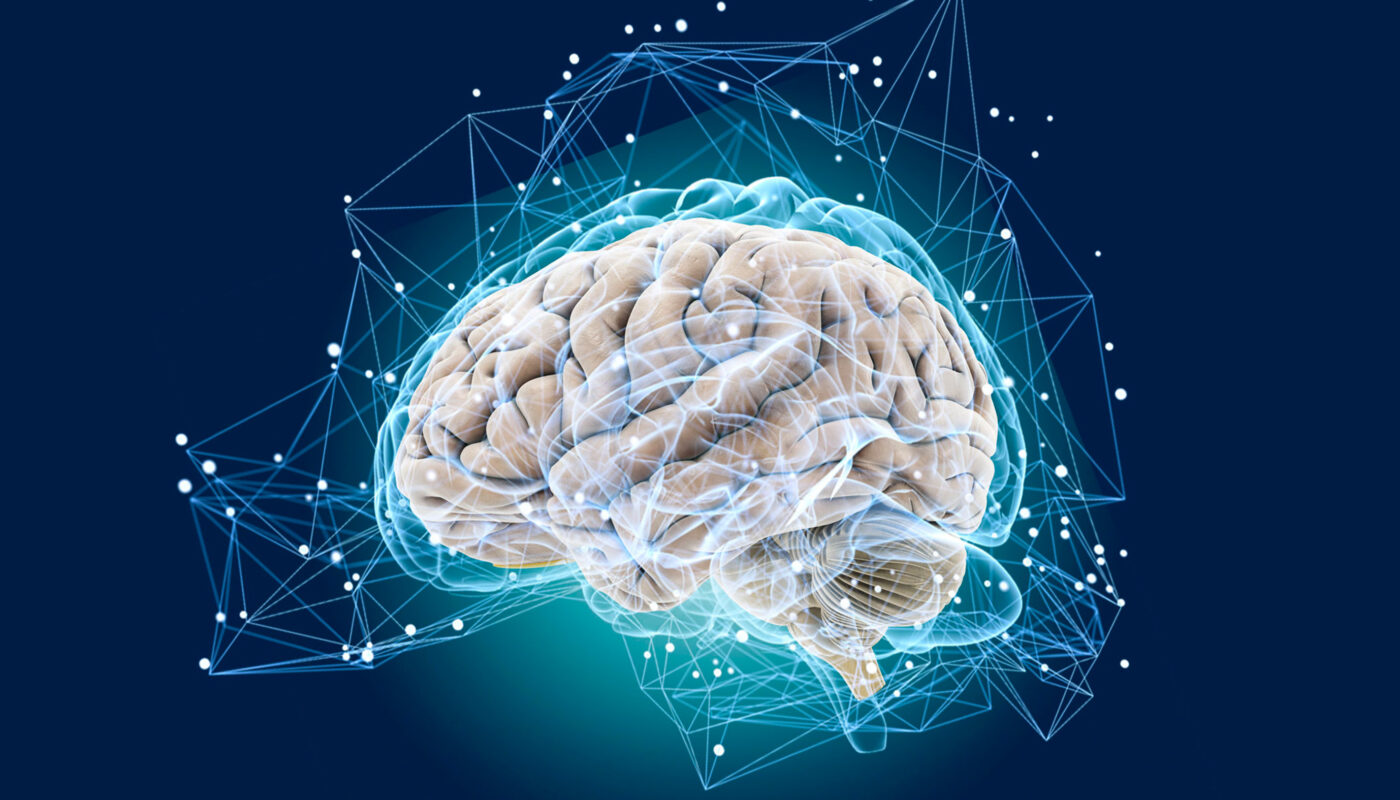A recent study published in the journal Nature has provided new insights into the brain’s cellular landscape and the role of sensory experiences, particularly vision, in shaping distinct brain regions. Researchers from the Allen Institute for Brain Science employed an advanced method called BARseq to swiftly classify and map millions of neurons across nine mouse brains.
The study revealed that while brain regions share common types of neurons, the specific combination of these cells creates a unique cellular signature for each area. This discovery is likened to a cellular ID card that distinguishes one region from another.
Further investigation into the effects of sensory deprivation on these cellular signatures showed that mice lacking vision experienced a significant reorganization of cell types within the visual cortex. This reorganization blurred the distinctions between the visual cortex and neighboring areas, with shifts occurring in approximately half of the cortical regions, albeit to a lesser extent.
Xiaoyin Chen, Ph.D., the study’s co-lead author and an Assistant Investigator at the Allen Institute, stated, “BARseq lets us see with unprecedented precision how sensory inputs affect brain development. These broad changes illustrate the importance of vision in shaping our brains, even at the most basic level.”
Previously, mapping single-cell data across multiple brains was a challenging task. However, BARseq is a cheaper and less time-consuming alternative to similar mapping technologies, enabling researchers to examine and compare brain-wide molecular architecture across multiple individuals.
BARseq tags individual brain cells with unique RNA ‘barcodes’ to track their connections across the brain. This data, combined with gene expression analysis, allows scientists to pinpoint and identify vast numbers of neurons in tissue slices.
For this study, the researchers used BARseq as a standalone method to analyze gene expression in intact tissue samples. In just three weeks, they mapped over 9 million cells from eight brains.
Chen emphasized, “The scale and speed of BARseq provide scientists with a powerful new tool to delve deeper into the intricacies of the brain.” She added, “BARseq allows us to move beyond mapping what a ‘model’ or ‘standard’ brain looks like and start to use it as a tool to understand how brains change and vary.”
The BARseq method is freely available, and the researchers hope their study encourages other researchers to use it to investigate the brain’s organizational principles or focus on cell types associated with diseases.
Mara Rue, Ph.D., co-lead author and a Scientist at the Allen Institute, stated, “Our study is a proof of principle that BARseq allows a wide range of people in the field to use spatial transcriptomics to answer their own questions.”
Note:
1. Source: Coherent Market Insights, Public sources, Desk research.
2. We have leveraged AI tools to mine information and compile it.




